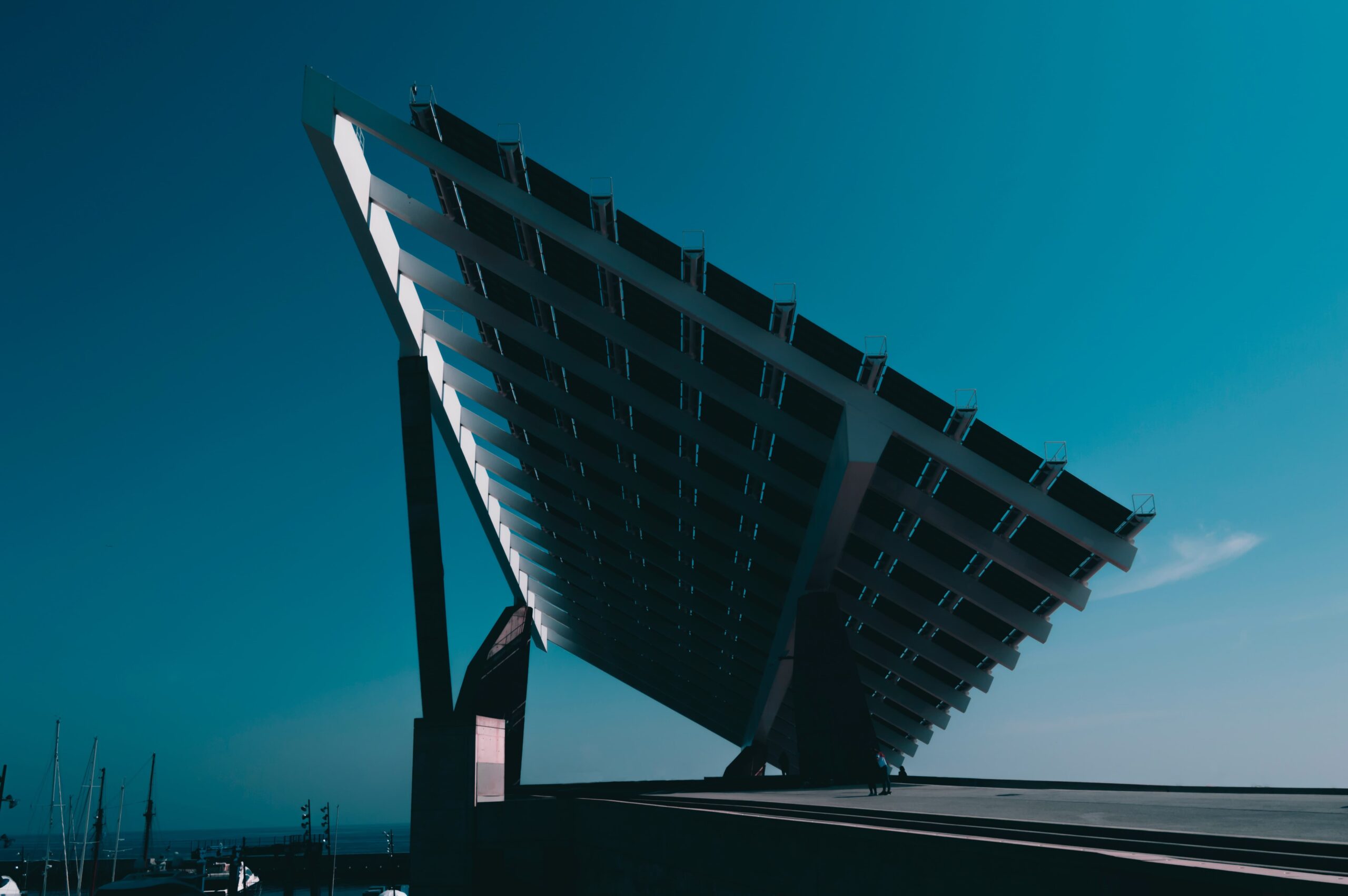Download our publication on from policy to action
This article is part of our publication ‘From Policy to Action’
Download nowPerspective
Industry
Energy efficiency in industry
Smart energy systems


Since 2014, decision makers in the European Union have worked intensively to secure an agreement on a futureproof European rule book which sets the path towards a secure, competitive and clean energy system. It is a concrete regulatory framework that provides the operational steps necessary to meet agreed political objectives.
Across the globe, societies, governments, private actors and citizens are trying to solve the challenges energy systems of the future will bring. The European Union is a frontrunner within this field and is setting objectives that will achieve a greener future through climate strategies and clearly defined objectives in the energy sphere.
Since the Energy Union strategy was launched in February 2015, the Commission has published several regulatory packages to ensure the Energy Union is achieved. Both the so-called “Gas Package” from February 2016 and the “Climate Package” from July 2016 made significant changes to the regulatory landscape of the European energy sector. With the “Clean Energy Package” and the “Clean Mobility Package” ,both of which are from November 2017, it
is fair to say that the Energy Union is indeed a project that cuts across the traditional sectors of the energy sector.
The Energy Union seeks to provide secure, affordable and clean energy for EU citizens and businesses. To enable this, the Energy Union is based on five main pillars:
All of the above are vital to ensure the objectives of the Energy Union. The core of the Energy Union is cooperation and coordination between member states supplemented by firm action within each individual member state. The implementation of the Energy Union is deemed as the next important step. Currently, efforts are centred around mobilising the member states and the societies within represented by citizens, cities, rural areas, the private
sector, companies, researchers and not least national politicians and policy makers.

This article is part of our publication ‘From Policy to Action’
Download nowThese actors will need to take ownership and responsibility of the Energy Union in order to drive the necessary solutions forward. In this White Paper, the foundation of the low-carbon transition of the European energy system is built upon three elements: renewable energy, energy efficiency and system integration. These elements are covered in the Energy Union, which seeks to ensure a cost-effective integration of clean energy sources, promotion of energy efficiency and the integration across sectors and across borders.
A net-zero-emission economy in 2050 at the latest implies that clean energy sources such as wind, solar, bio and others will be the primary fuels to meet energy demand. This requires a strong political framework, coupled with an innovative private sector. Today, renewables are able to compete with fossil fuels in many scenarios, making them not only the greenest, but also the most cost-effective choice.
A stable, competitive and green energy system implies the efficient use of energy resources as a method to increase the utilisation of energy. This has a positive impact on the CO2 footprint, but also the bottom-line, as it can reduce marginal costs for industry and citizens.
Lastly, the integration of the energy system is vital on multiple stages. In terms of energy markets, connecting your country with your neighbours enables a more stable integration of clean energy, as surplus renewable production can be sold to neighbours to help meet their energy demands. Furthermore, the heating and cooling sectors, as well as the transport sector, are facing an urgent need to transform their fuel input, which will allow them to be powered by electricity and clean energy sources.
The renewables sector is a driver of growth and job creation. 1.4 million people were employed in the renewables sector in 2016, generating a turnover of EUR 149 billion. The transition of the energy sector to one powered primarily by renewables will not only result in a more sustainable energy system, but also ensure green growth that will secure a just transition and long-term socioeconomic benefits. Gross employment in the provision of energy efficiency goods and services sold in the EU28 member states in 2010 amounted to approximately 1million jobs. Inclusion of activities that have the potential to realise energy savings, but are not purchased primarily for that purpose, would increase the job account to 2.4 million jobs. That would amount to approximately 1 percent of total employment in the EU.
Boosting domestic energy efficiency investments will create new business opportunities for European companies such as construction firms and manufacturers of energy-using or transport equipment, which is likely to have a positive impact on overall economic growth in Europe. Denmark has shown that many of the solutions that we need to implement in the Energy Union already exist today. However, there is still a long way to go if we are to reach the 2050 objective to fully decarbonise EU’s economy.
The cases, solutions and learnings presented on the next pages will hopefully further qualify how the transition and implementation across both European member states as well as other international actors working towards a low-carbon and green economy can be achieved.
publications
Combined heat and power production
+9